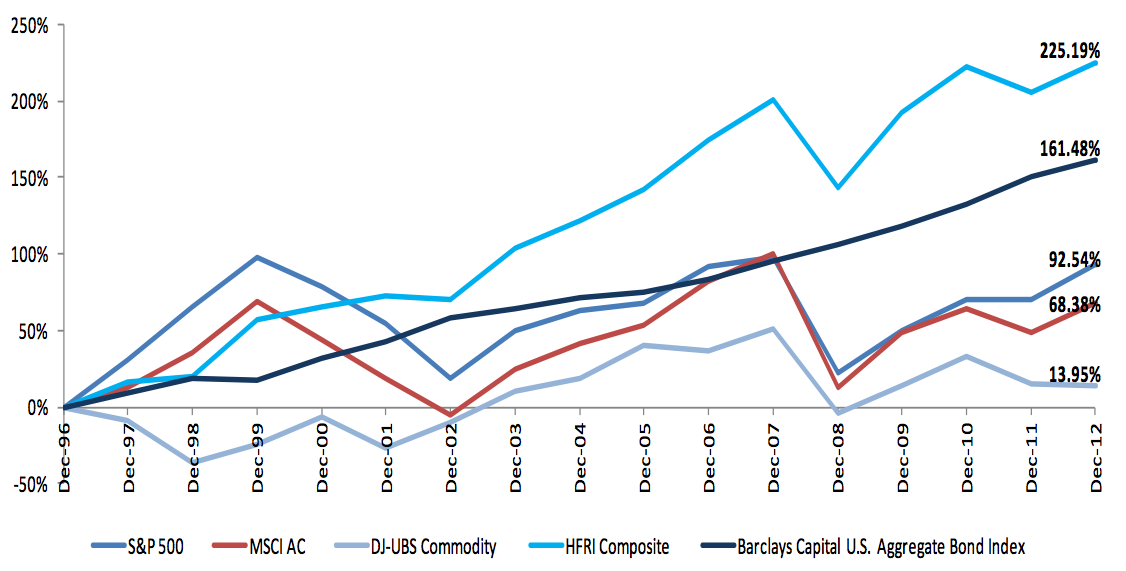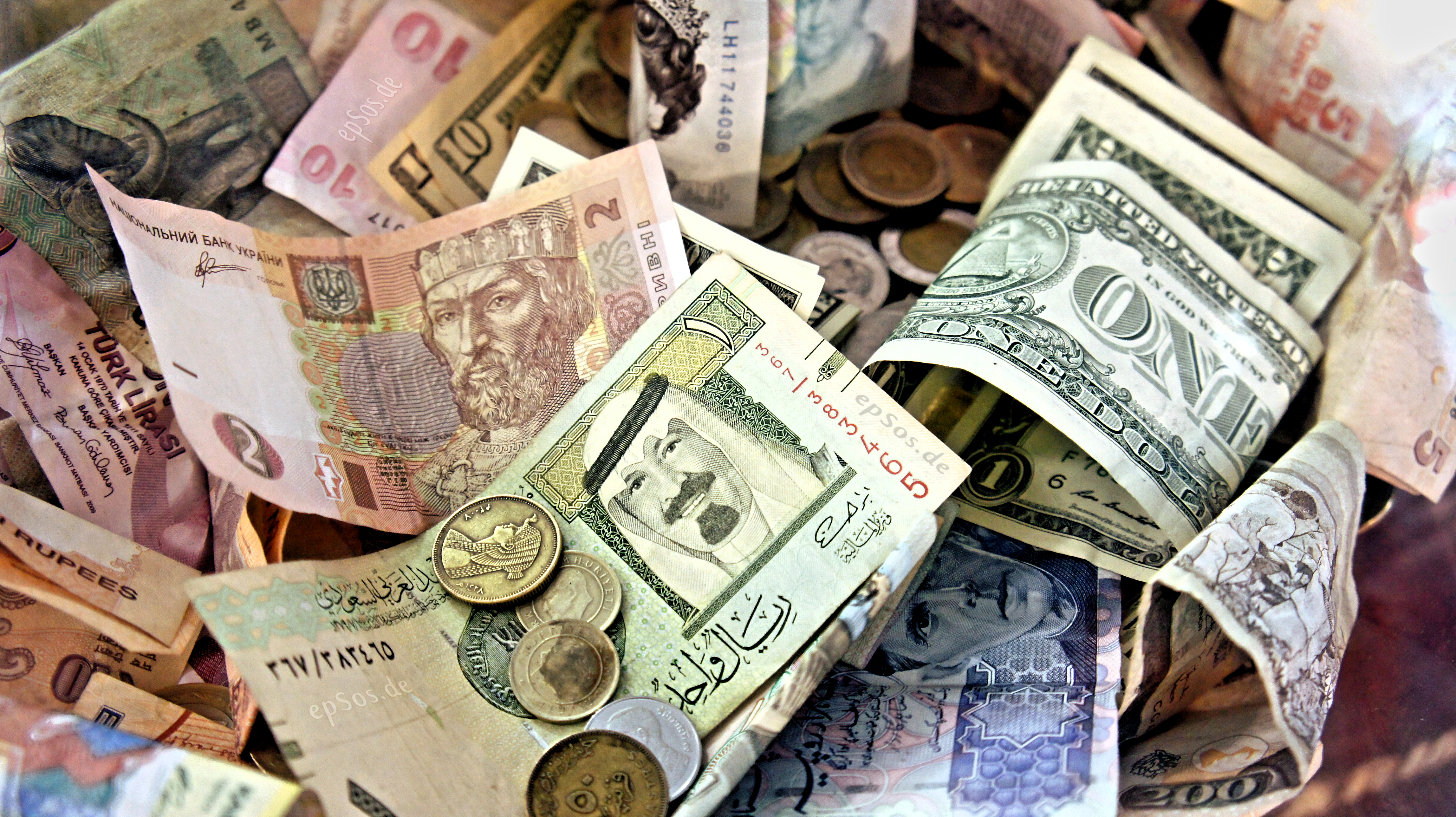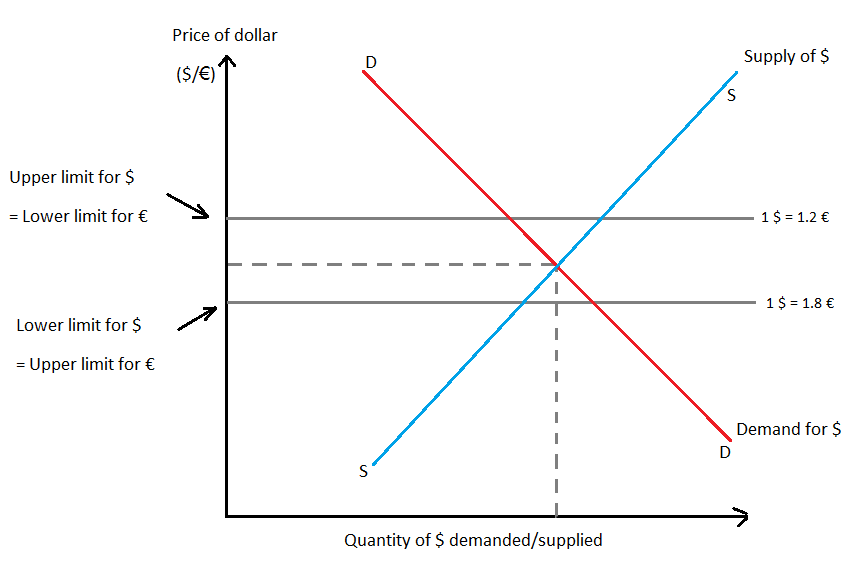|
Hot Money
In economics, hot money is the flow of funds (or capital) from one country to another in order to earn a short-term profit on interest rate differences and/or anticipated exchange rate shifts. These speculative capital flows are called "hot money" because they can move very quickly in and out of markets, potentially leading to market instability.CRS Report for Congress, July 21, 2008: China’s "Hot Money" Problems, by Micheal F. Martin and Wayne M. Morrison Illustration of hot money flows The following simple example illustrates the phenomenon of hot money: In the beginning of 2011, the national average rate of one year certificate of deposit in the United States is 0.95%. In contrast, China's benchmark one year deposit rate is 3%. The Chinese currency (renminbi) is seriously undervalued against the world's major trading currencies and therefore is likely to appreciate against the US dollar in the coming years. Given this situation, if an investor in the US deposits his or her mone ... [...More Info...] [...Related Items...] OR: [Wikipedia] [Google] [Baidu] |
Economics
Economics () is the social science that studies the production, distribution, and consumption of goods and services. Economics focuses on the behaviour and interactions of economic agents and how economies work. Microeconomics analyzes what's viewed as basic elements in the economy, including individual agents and markets, their interactions, and the outcomes of interactions. Individual agents may include, for example, households, firms, buyers, and sellers. Macroeconomics analyzes the economy as a system where production, consumption, saving, and investment interact, and factors affecting it: employment of the resources of labour, capital, and land, currency inflation, economic growth, and public policies that have impact on these elements. Other broad distinctions within economics include those between positive economics, describing "what is", and normative economics, advocating "what ought to be"; between economic theory and applied economics; between rational a ... [...More Info...] [...Related Items...] OR: [Wikipedia] [Google] [Baidu] |
Hedge Fund
A hedge fund is a pooled investment fund that trades in relatively liquid assets and is able to make extensive use of more complex trading, portfolio-construction, and risk management techniques in an attempt to improve performance, such as short selling, leverage, and derivatives. Financial regulators generally restrict hedge fund marketing to institutional investors, high net worth individuals, and accredited investors. Hedge funds are considered alternative investments. Their ability to use leverage and more complex investment techniques distinguishes them from regulated investment funds available to the retail market, commonly known as mutual funds and ETFs. They are also considered distinct from private equity funds and other similar closed-end funds as hedge funds generally invest in relatively liquid assets and are usually open-ended. This means they typically allow investors to invest and withdraw capital periodically based on the fund's net asset value, wher ... [...More Info...] [...Related Items...] OR: [Wikipedia] [Google] [Baidu] |
Currency Intervention
Currency intervention, also known as foreign exchange market intervention or currency manipulation, is a monetary policy operation. It occurs when a government or central bank buys or sells foreign currency in exchange for its own domestic currency, generally with the intention of influencing the exchange rate and trade policy. Policymakers may intervene in foreign exchange markets in order to advance a variety of economic objectives: controlling inflation, maintaining competitiveness, or maintaining financial stability. The precise objectives are likely to depend on the stage of a country's development, the degree of financial market development and international integration, and the country's overall vulnerability to shocks, among other factors. The most complete type of currency intervention is the imposition of a fixed exchange rate with respect to some other currency or to a weighted average of some other currencies. Purposes There are many reasons a country's monetary an ... [...More Info...] [...Related Items...] OR: [Wikipedia] [Google] [Baidu] |
Fixed Exchange Rate
A fixed exchange rate, often called a pegged exchange rate, is a type of exchange rate regime in which a currency's value is fixed or pegged by a monetary authority against the value of another currency, a basket of other currencies, or another measure of value, such as gold. There are benefits and risks to using a fixed exchange rate system. A fixed exchange rate is typically used to stabilize the exchange rate of a currency by directly fixing its value in a predetermined ratio to a different, more stable, or more internationally prevalent currency (or currencies) to which the currency is pegged. In doing so, the exchange rate between the currency and its peg does not change based on market conditions, unlike in a floating (flexible) exchange regime. This makes trade and investments between the two currency areas easier and more predictable and is especially useful for small economies that borrow primarily in foreign currency and in which external trade forms a large part of th ... [...More Info...] [...Related Items...] OR: [Wikipedia] [Google] [Baidu] |
Financial Institution
Financial institutions, sometimes called banking institutions, are business entities that provide services as intermediaries for different types of financial monetary transactions. Broadly speaking, there are three major types of financial institutions: # Depository institutions – deposit-taking institutions that accept and manage deposits and make loans, including banks, building societies, credit unions, trust companies, and mortgage loan companies; # Contractual institutions – insurance companies and pension funds # Investment institutions – investment banks, underwriters, and other different types of financial entities managing investments. Financial institutions can be distinguished broadly into two categories according to ownership structure: * Commercial banks * Cooperative banks Some experts see a trend toward homogenisation of financial institutions, meaning a tendency to invest in similar areas and have similar business strategies. A consequence of t ... [...More Info...] [...Related Items...] OR: [Wikipedia] [Google] [Baidu] |
People's Bank Of China
The People's Bank of China (officially PBC or informally PBOC; ) is the central bank of the People's Republic of China, responsible for carrying out monetary policy and regulation of financial institutions in mainland China, as determined by the People's Bank Law and the Commercial Bank Law. It is a cabinet-level executive department of the State Council. History The bank was established on December 1, 1948, based on the consolidation of the Huabei Bank, the Beihai Bank and the Xibei Farmer Bank. The headquarters was first located in Shijiazhuang, Hebei, and then moved to Beijing in 1949. Between 1950 and 1978 the PBC was the only bank in the People's Republic of China and was responsible for both central banking and commercial banking operations. All other banks within Mainland China such as the Bank of China were either organized as divisions of the PBC or were non-deposit taking agencies. From 1952 to 1955 government shares were added to private banks to make state-p ... [...More Info...] [...Related Items...] OR: [Wikipedia] [Google] [Baidu] |
Capital Controls
Capital controls are residency-based measures such as transaction taxes, other limits, or outright prohibitions that a nation's government can use to regulate flows from capital markets into and out of the country's capital account. These measures may be economy-wide, sector-specific (usually the financial sector), or industry specific (e.g. "strategic" industries). They may apply to all flows, or may differentiate by type or duration of the flow (debt, equity, or direct investment, and short-term vs. medium- and long-term). Types of capital control include exchange controls that prevent or limit the buying and selling of a national currency at the market rate, caps on the allowed volume for the international sale or purchase of various financial assets, transaction taxes such as the proposed Tobin tax on currency exchanges, minimum stay requirements, requirements for mandatory approval, or even limits on the amount of money a private citizen is allowed to remove from the country. ... [...More Info...] [...Related Items...] OR: [Wikipedia] [Google] [Baidu] |
Economic Growth
Economic growth can be defined as the increase or improvement in the inflation-adjusted market value of the goods and services produced by an economy in a financial year. Statisticians conventionally measure such growth as the percent rate of increase in the real gross domestic product, or real GDP. Growth is usually calculated in real terms – i.e., inflation-adjusted terms – to eliminate the distorting effect of inflation on the prices of goods produced. Measurement of economic growth uses national income accounting. Since economic growth is measured as the annual percent change of gross domestic product (GDP), it has all the advantages and drawbacks of that measure. The economic growth-rates of countries are commonly compared using the ratio of the GDP to population (per-capita income). The "rate of economic growth" refers to the geometric annual rate of growth in GDP between the first and the last year over a period of time. This growth rate represents the trend ... [...More Info...] [...Related Items...] OR: [Wikipedia] [Google] [Baidu] |
Central Bank Of The Republic Of Turkey
The Central Bank of the Republic of Turkey, CBRT ( tr, Türkiye Cumhuriyet Merkez Bankası, TCMB, literally "The Turkish Republic Central Bank") is the central bank of Turkey. Its responsibilities include conducting monetary and exchange rate policy, managing international reserves of Turkey, as well as printing and issuing banknotes, and establishing, maintaining and regulating payment systems in the country. The CBRT is tasked by law to achieve and maintain price and financial stability in Turkey, and has a mandate to use, by its own discretion, whichever policy instrument at its disposal to reach these objectives. Therefore, it has instrument but not goal independence. Since 2006, the CBRT follows a full-fledged inflation targeting regime.Central Bank of the Republic of Turkey Factsheet , ... [...More Info...] [...Related Items...] OR: [Wikipedia] [Google] [Baidu] |
Export
An export in international trade is a good produced in one country that is sold into another country or a service provided in one country for a national or resident of another country. The seller of such goods or the service provider is an ''exporter''; the foreign buyer is an '' importer''. Services that figure in international trade include financial, accounting and other professional services, tourism, education as well as intellectual property rights. Exportation of goods often requires the involvement of customs authorities. Firms Many manufacturing firms begin their global expansion as exporters and only later switch to another mode for serving a foreign market. Barriers There are four main types of export barriers: motivational, informational, operational/resource-based, and knowledge. Trade barriers are laws, regulations, policy, or practices that protect domestically made products from foreign competition. While restrictive business practices sometimes ... [...More Info...] [...Related Items...] OR: [Wikipedia] [Google] [Baidu] |
Inflation
In economics, inflation is an increase in the general price level of goods and services in an economy. When the general price level rises, each unit of currency buys fewer goods and services; consequently, inflation corresponds to a reduction in the purchasing power of money. The opposite of inflation is deflation, a sustained decrease in the general price level of goods and services. The common measure of inflation is the inflation rate, the annualized percentage change in a general price index. As prices do not all increase at the same rate, the consumer price index (CPI) is often used for this purpose. The employment cost index is also used for wages in the United States. Most economists agree that high levels of inflation as well as hyperinflation—which have severely disruptive effects on the real economy—are caused by persistent excessive growth in the money supply. Views on low to moderate rates of inflation are more varied. Low or moderate inflation may be ... [...More Info...] [...Related Items...] OR: [Wikipedia] [Google] [Baidu] |
Financial Market
A financial market is a market in which people trade financial securities and derivatives at low transaction costs. Some of the securities include stocks and bonds, raw materials and precious metals, which are known in the financial markets as commodities. The term "market" is sometimes used for what are more strictly ''exchanges'', organizations that facilitate the trade in financial securities, e.g., a stock exchange or commodity exchange. This may be a physical location (such as the New York Stock Exchange (NYSE), London Stock Exchange (LSE), JSE Limited (JSE), Bombay Stock Exchange (BSE) or an electronic system such as NASDAQ. Much trading of stocks takes place on an exchange; still, corporate actions (merger, spinoff) are outside an exchange, while any two companies or people, for whatever reason, may agree to sell the stock from the one to the other without using an exchange. Trading of currencies and bonds is largely on a bilateral basis, although some bonds t ... [...More Info...] [...Related Items...] OR: [Wikipedia] [Google] [Baidu] |







